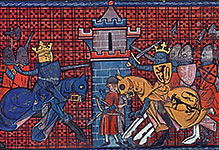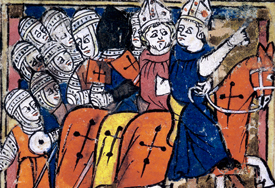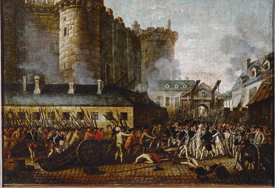
History
History by Periods, War and Peace, Revolutions.

#02010210
Turkish ornamental tiles from Kashan or Danghan. Assorted....

#03010227
Pyramid of Paraoh Nyuserre near Abu Sir. Old Kingdom (4th dynasty).

#03010228
Pyramid of Pharaoh Sesostris II (aka Senusret II) at Lahun, at the southeast of...

#03010233
Painted bust of young Pharaoh Tutankhamun (1346-1337 BCE) with lotus leaf shaped...

#03010244
Rhind Mathematical Papyrus. A number of documents have survived that allow us i...

#03010245
Pharaoh Ramses II (1290-1224 BCE) holding Nubian, Libyan and Syrian prisoners by...

#03010247
Coin with the portrait of Cleopatra I Syra, Queen of Egypt (215-176BCE). She mar...

#03010260
Wall painting of the martyrdom of saints, from a building of the Coptic town of...

#03030124
Amulet with a figure of Lamashtu, designed to ward off evil, from Mesopotamia,...

#03030143
Queen's lyre from Ur, southern Iraq, 2600-2400 BCE. Stringed instrument with a b...

#03030149
Juglet from the Middle Euphrates region, Syria, Amorite, 2400-2000 BCE. The jug...

#030302 7
Stone panel from the South-West Palace of King Sennacherib Niniveh,northern Ira...


